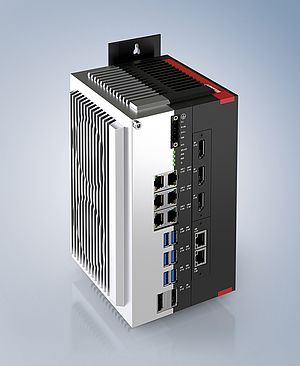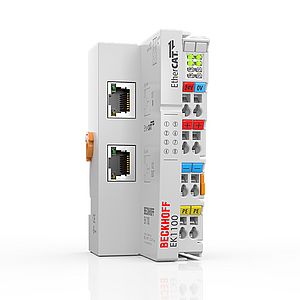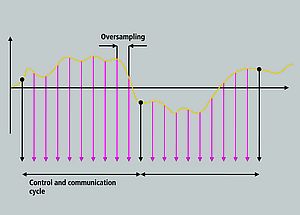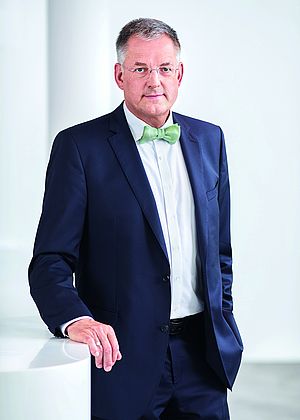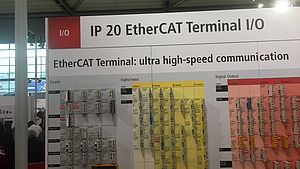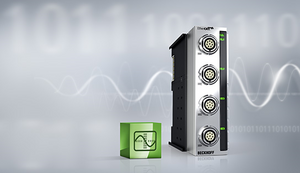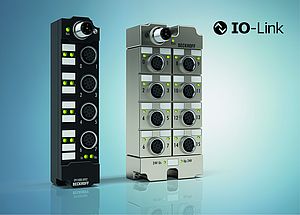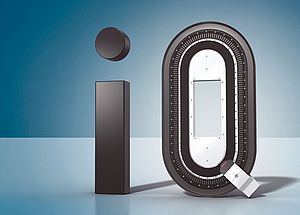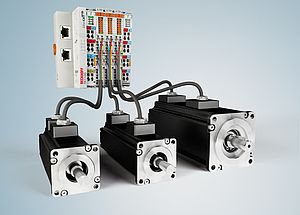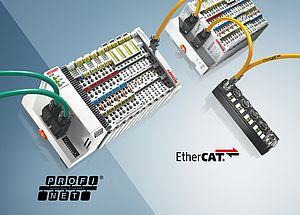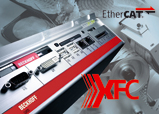The IO-Link box module devices from Beckhoff offer protection class IP 67 and enable the local connection of sensors in the field via simple and cost-effective sensor cables. This provides straightforward data transfer to an IO-Link communication system. Beckhoff offers a total of 28 module variants in plastic or die-cast zinc housings that cover a wide range of application requirements.
IO-Link box modules offer an extensive IP 67 product range for making cost-effective point-to-point connections directly in the field. The basis for data transmission is the IO-Link protocol, which is a communication technology for sensors and actuators that is 'below the fieldbus level' and is standardised according to IEC 61131-9.
These modules supporting IO-Link communication provide benefits particularly when complex sensors must be connected. Previously, the supplier already made it possible to integrate up to four IO-Link devices via an IO-Link master, such as with the EP6224 EtherCAT Box (IP 67), the EL6624 EtherCAT Terminal, or the KL6624 Bus Terminal (both IP 20). If such a master is present, the new IO-Link box modules now enable simple integration of further sensor signals, locally in the field via a simple sensor cable and which are then transferred collectively to the IO-Link master.
The comprehensive IP 67 I/O portfolio from Beckhoff is thus extended for even more applications. With a total of 24 bus systems, the IP 67 I/O modules support all common communication protocols, and therefore heterogeneous applications. The best performance by far, however, can be achieved by using EtherCAT Box modules throughout, so that the full functionality of EtherCAT can be harnessed without limitation.







